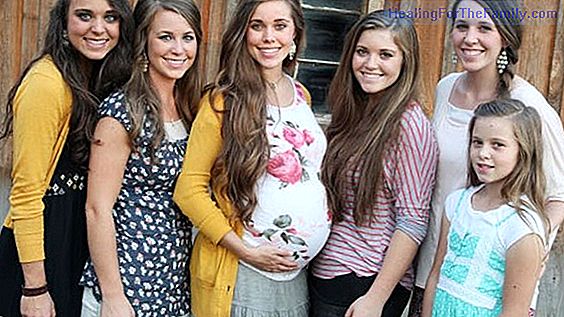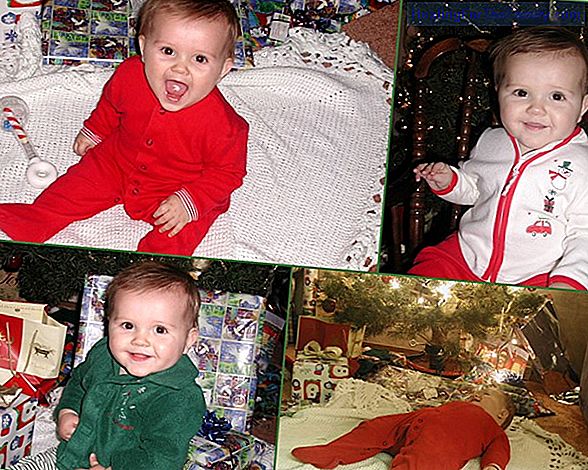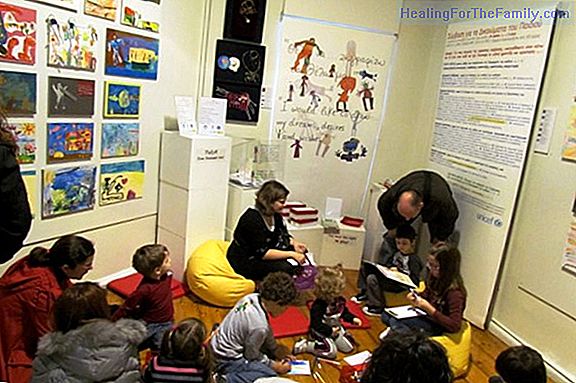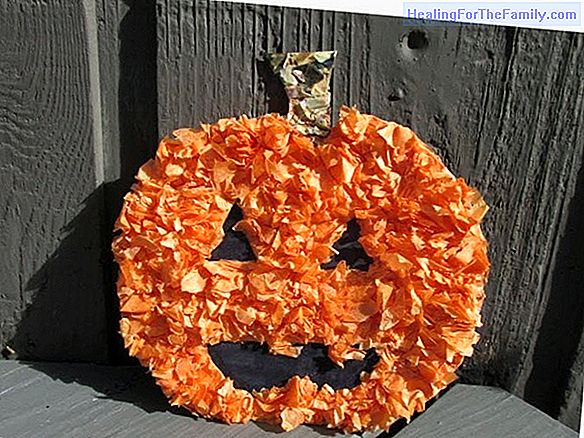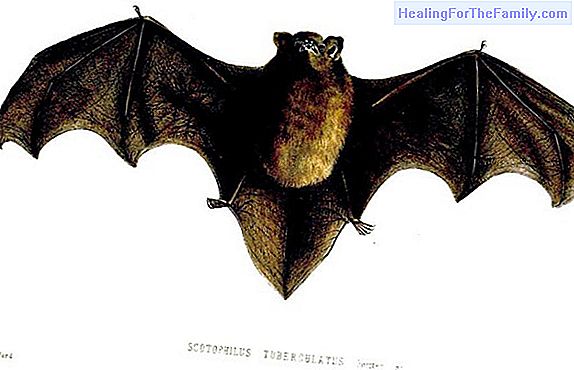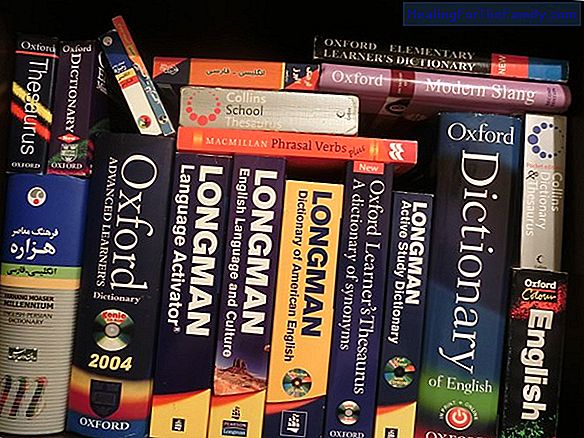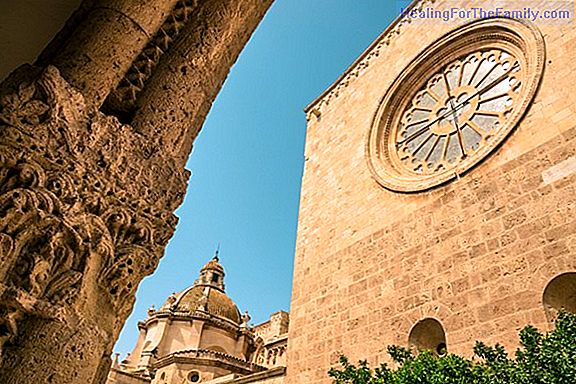The exploration of objects in the baby
When the baby can use his hands, he uses them to explore everything around him. The exploration of objects in the baby begins discovering new sensations and textures like hot, cold, soft, humid, etc. When you have already explored gradually, these experiences accumulate and babies learn more about o
When the baby can use his hands, he uses them to explore everything around him. The exploration of objects in the baby begins discovering new sensations and textures like hot, cold, soft, humid, etc. When you have already explored gradually, these experiences accumulate and babies learn more about objects how they work and how useful they are. This is part of a complex learning process that goes through a series of stages.
Babies learn to understand the functioning of objects

When the baby is already able to coordinate actions with his hands, he will take any object within his reach to the mouth. This happens because the baby's mouth is more developed than any other part of the body, mainly due to the need to eat food; therefore, instinctively bring any object to the mouth. This stage lasts several months, and during its course you have to be very attentive to what you have around you. The curiosity of the baby is so great that when he learns to crawl, he is able to go quickly to places where he finds objects that attract attention and bring them to his mouth.
In the same way that the baby brings objects to his mouth, he also shakes them, hits them and throws them. From these tests, you learn what lightness and heaviness, softness and hardness are, and all the other physical properties of the objects you encounter. Discover how shape affects movement, how one object fits inside another and how it can cause different noises when interacting with them.
The permanence of the object is one of the most significant advances of the baby's ability to understand the objects that surround it is to discover its permanence. At six months, learn that each object is unique. From here, the baby gradually begins to understand that an object does not cease to exist when it loses sight of it. The game of "cucu trás" is a good example of this. It is one of the favorite games of babies. It is that one of the parents hides for a moment and then surprises him. Between three and six months, the baby learns to wait for the father to stick his head out from behind a door or a cushion, but until he is nine months old or so, he does not know that his father's head is still He is behind the door, although he can not see it. This stage is fundamental for the baby's learning.
María Algueró

Child Pediatric AssistantEarly Childhood Expert
Infant Education Teacher (specialist 0-3)
Infant Massage Educator. Psychomotorist
Porter Instructor



